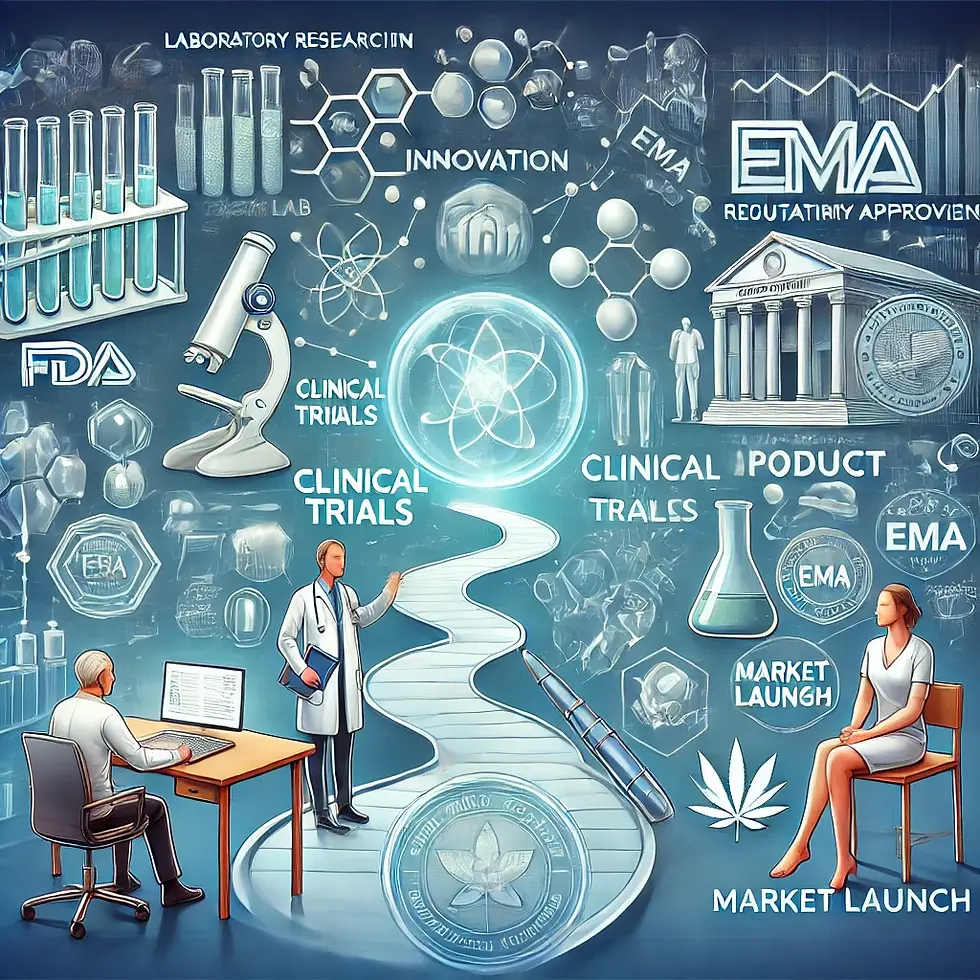MedTech Innovations: How Wearables are Redefining Chronic Disease Management
- Joao Victor Cabral, MD Ph.D.

- Jan 2
- 2 min read
Updated: Jan 12

Did You Know?
Chronic diseases like diabetes, heart disease, and hypertension are some of the biggest health challenges we face today. They’re not just numbers on a chart—they affect millions of lives, including those of people we care about. But here’s some good news: MedTech is stepping in to change the game. Let’s talk about wearable devices and how they’re revolutionizing the way we manage these conditions in real time.
Wearables: Your New Healthcare Ally
Imagine this: you’re wearing a smartwatch, and it’s not just counting your steps—it’s keeping tabs on your heart rate, blood pressure, or even your glucose levels. Sounds like science fiction? It’s not. This is the reality of wearables today.
Always Watching (In a Good Way): Devices like glucose monitors and blood pressure cuffs continuously track your vitals. They don’t just collect data—they turn it into actionable insights for you and your doctor.
Your Body’s Alarm System: Some wearables, powered by AI, can detect when something’s wrong—like an irregular heartbeat or a dip in blood sugar—and send instant alerts. It’s like having a personal health assistant on call 24/7.
Tailored Advice Just for You: These devices don’t just spit out numbers. They analyze your health trends and offer personalized recommendations, helping you make smarter decisions about your health.
How Wearables Are Changing Lives
Let’s break this down with real examples.
Managing Diabetes Smarter: Continuous glucose monitors (CGMs) are helping people with diabetes stay on top of their blood sugar levels. The result? Fewer complications and more peace of mind.
A Heartbeat Away from Prevention: Devices like the Apple Watch make it possible to detect atrial fibrillation early, preventing strokes and saving lives.
And this is just the beginning. Wearables are giving us a level of control over our health we’ve never had before.
But What’s Holding Us Back?
Of course, it’s not all smooth sailing. These incredible devices come with their set of challenges.
Cost Can Be a Barrier: Not everyone can afford the latest wearables, making access uneven.
Data Privacy Concerns: Your health data is personal, and there’s always the question of how well it’s being protected.
Integration Woes: We still need better ways to connect wearables to healthcare systems, so doctors can seamlessly use this data in their decision-making.
The Future is on Your Wrist
Wearable tech isn’t just about cool gadgets; it’s about changing lives. As these technologies continue to evolve, they promise to do more than just manage chronic diseases. They’re paving the way for healthier, longer lives—and who wouldn’t want that?
So next time you glance at a smartwatch or fitness tracker, remember this: the future of healthcare isn’t just in hospitals—it’s right there, on your wrist.



Comments